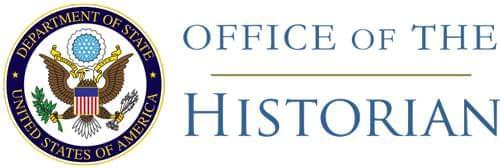740.0011 European War 1939/22645: Telegram
The Ambassador in the Soviet Union (Standley) to the Secretary of State
[Received July 3—1:08 a.m.]
231. For the President and the Secretary. My 227, July 2, 3 p.m. In a conversation with Stalin today, at which my Military Attaché was present I confirmed the President’s statement in regard to the aggressive attitude of Japan in the northern Pacific by repeating the information in the Department’s telegram 174, June 26, 7 p.m.84 I then called attention to the variations in the terms of the President’s messages to those of Stalin’s reply and specifically discussed the following:
- 1.
- The omission in Stalin’s reply of any reference to the movement of heavy freight via the northern rivers. Stalin replied that since only one navigation month remained during this season it would be impossible to make use of this shipping route. He assured me, however, that their fields in the Siberian area were fully prepared and equipped to receive American aircraft.85
- 2.
- Referring to the President’s suggestion that Soviet representatives might participate in the proposed survey flight of the American plane, I asked whether American representatives might accompany the Soviet plane on its test flight. Stalin replied that this would be “entirely agreeable”.
- 3.
- Commenting on Stalin’s proposal that Soviet and American representatives meet in Moscow to exchange information on the proposed air route, whereas the President had suggested meetings to take place in both Washington and Moscow, I stated that since there were no American air experts in Moscow it would be necessary to bring one here from Washington and expressed [the opinion?] that the Soviet Government might wish to name a Soviet air expert, already in Washington, to confer with the appropriate American officials. I added that the Soviet and American experts might then return to Moscow to act in the capacity proposed by the President and seconded by Stalin. Stalin replied that there would appear to be no need for further discussions in Washington since it was clear that it was only a question of the number of planes that could be delivered per month.
- 4.
- Stalin stated that the route would follow the course: Nome (or any other feasible Alaskan point)–Semchan–Yakutsk–Kirensk–Krasnoyarsk.
Other subjects discussed with Stalin will be reported in subsequent telegrams.86
- Not printed; it repeated a telegram from the Chargé in France giving information received by the French Foreign Office from the French Ambassador in Japan as to growing Russo-Japanese tension (761.94/1406).↩
- Ambassador Standley eventually learned from Maj. Gen. Follett Bradley, who arrived in Moscow early in August as leader of a special air mission to the Soviet Union, that the airfields which Stalin had said were constructed, equipped, and ready for use would not be operational until September 1, 1943, according to the Soviet delegation which met with Bradley on August 8, 1942. (William H. Standley and Arthur A. Ageton, Admiral Ambassador to Russia, p. 253.)↩
- See the Ambassador’s telegrams No. 237 of July 4, infra, and No. 240 of July 5, p. 606.↩
